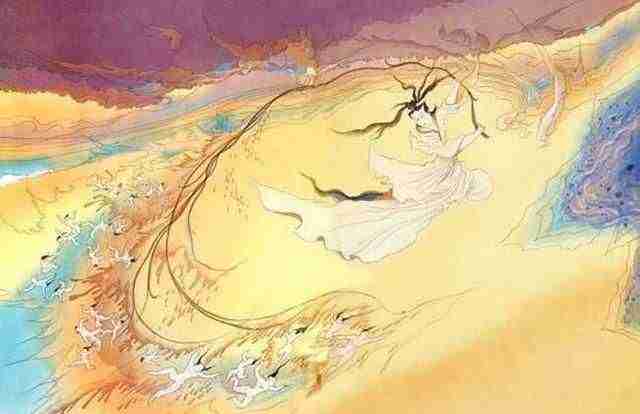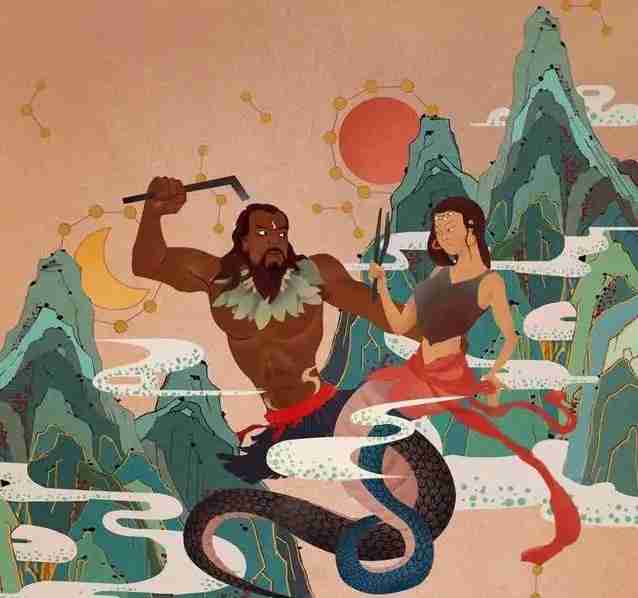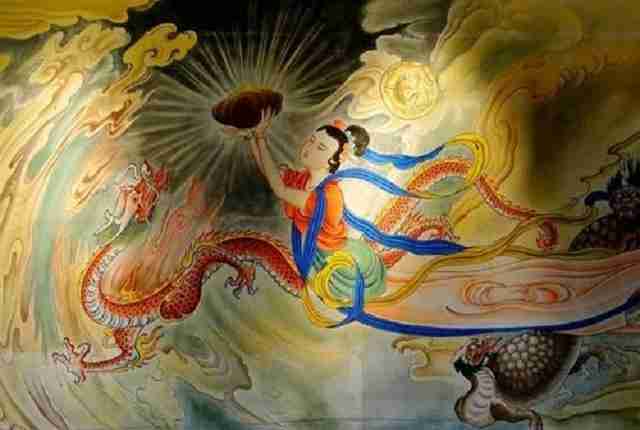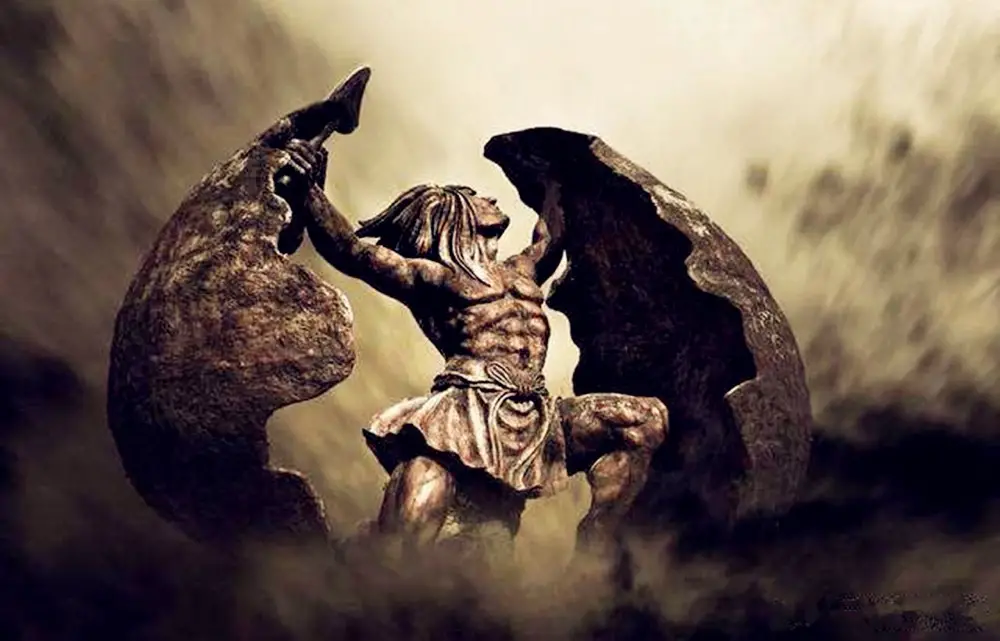There exist several sacred deities within the Chinese religion. In this article, we explore the life of one of the most famous Chinese goddesses- the Nuwa Goddess. Read on to learn more about her.
Who is Goddess Nuwa?

In Chinese mythology, Goddess Nuwa is a mythological character who is considered the mother goddess. She is regarded as the deity mandated with the role of repairing the pillars of heaven and is often believed to be the creator of humankind. She is associated with marriage and fertility. As the creator of nature, she is one of the major, most influential, and popular goddesses of Chinese Mythology.
Nuwa Story/Nuwa Made Man
According to several literary works in Chinese mythology, Goddess Nuwa is described as a creator of humankind and the protector of animals in the world. Supposedly, she existed at the beginning of the world when the earth was a beautiful place with flowers, trees, and all living creatures. One day as she wandered around the world, she realized that it is quite lonely. She then opted to create animals, including cows, chickens, dogs, horses, and pigs. On the seventh day of creation, she decided to create creatures that resemble gods and goddesses to clear the loneliness that existed in the world at that moment. She picked up a chunk of yellow clay and molded a figure that resembled her likeness. She was completely pleased with her creation, so she decided to create more ‘humans’. The hand-made creatures became the wealthy and the noble in society. Some of the figurines were deformed after they were rained on and after she flanged a rope over them. These deformed ones became the peasants, farmers, and regular workers within society.
Nuwa and Fuxi

Chinese mythology depicts Nuwa and Fuxi as husband and wife. Before the two got married officially, they felt extremely guilty for falling for each other, so they came together to say a prayer of redemption. After the prayer, they got a signal of misty vapor that signified their ability to marry each other. As they got intimate, they connected in a way that Fuxi became the representative of Yang and Nuwa was the representative of Yin. After this, Nuwa received a compass that unified her with the heavens, and Fuxi received a carpenter’s square that signified his connection with earth/the physical world. This further signified that the marriage of Fuxi and Nuwa was a direct representation of the union between Heaven and Earth.
The Goddess Patching the Sky

The Huainanzi describes how the pillars supporting the sky were destroyed following the battle between Gong Gong (the Chinese water god) and Zhuanxu (an emperor). Because Gong Gong could not accept defeat, he banged his head on the Mount Buzhou pillar, which supported the heavens. Then, half of the sky fell, the earth cracked, and a massive hole was left in the sky. To save the humans she created, she gathered 5-colored stones from the river and used them to patch up the heavens. She then cut off the legs of a giant turtle, and they became the new pillars that supported the heavens. She also controlled the flood ongoing at the time using ashes. After doing this, the world was peaceful once again.
pangu and nuwa
There are two major characters in Chinese mythology: Pangu and Nüwa. They were the first humans and, if the myths are to be believed, the masterminds behind the entire cosmos.
Pangu is frequently portrayed as a bearded, horned giant. According to the myth, before the yin and yang energies were separated, the universe was a chaotic place. Within this anarchy, Pangu manifested and immediately set to work separating the energies with his mighty axe. For the next 18,000 years, he did this until the sky and earth began to separate, giving rise to our modern world.
Because of the time he spent apart, Pangu’s physical form also grew and developed. His limbs transformed into the planet, the cardinal points, the sun, the moon, the wind, and the clouds, and his lungs became the air we breathe. At his passing, his physical form transformed into the world’s mountains and rivers.
On the other hand, Nüwa is typically portrayed as a stunning female with a serpent’s tail. Her legends include molding the first humans from clay and fixing the stars. In Greek mythology, disaster and anarchy spread across the globe because the pillars that supported the sky had given way. Nüwa melted five different colored stones into a single set of pillars, which he then used to prop up the sky once more.
It is said that Pangu and Nüwa collaborated to build the world in some mythologies. There is a legend that after Pangu split the yin and yang energies, Nüwa shaped the first humans from clay and breathed life into them. They are credited with creating the basis for our modern world.
Today, as in ancient times, Pangu and Nüwa are held in high esteem in Chinese culture, and their stories are passed down from generation to generation. They stand for the importance of stability and order in the world, as well as the power of creation. Their tales demonstrate the timeless nature of myth and legend while also highlighting the depth and breadth of Chinese cultural heritage.

Conclusion
Nuwa’s skills, courage, and wisdom greatly inspire painters, sculptors, and poets across China today. Her story explains creation within Chinese mythology, the place of Yin and Yang in Chinese culture, and the reasons why various parts of China are as they are.
